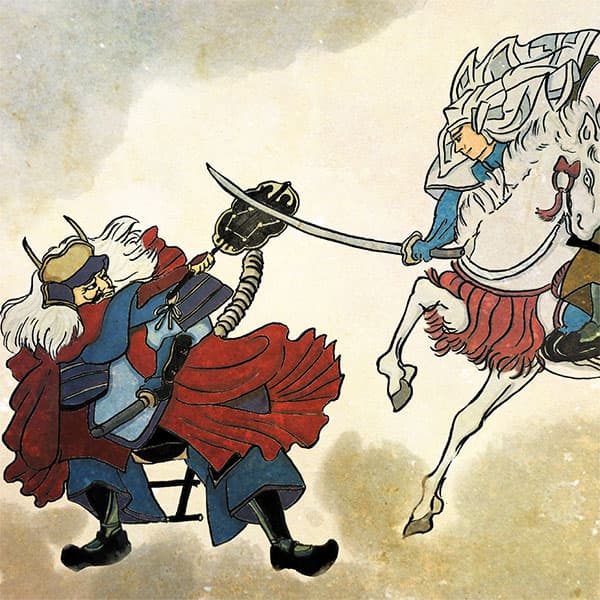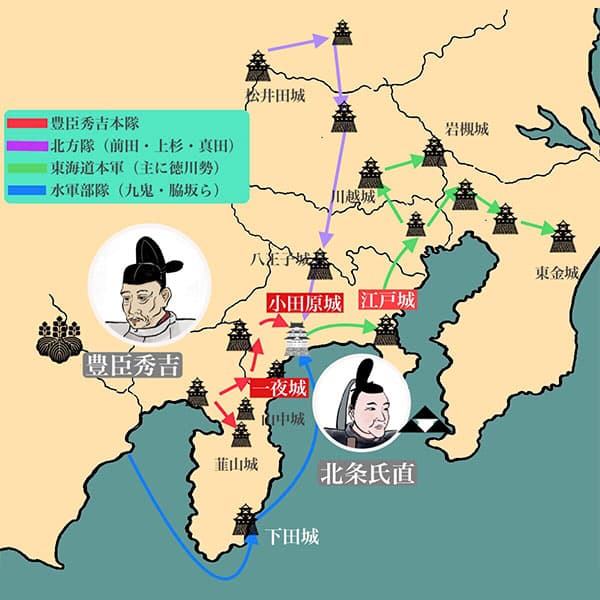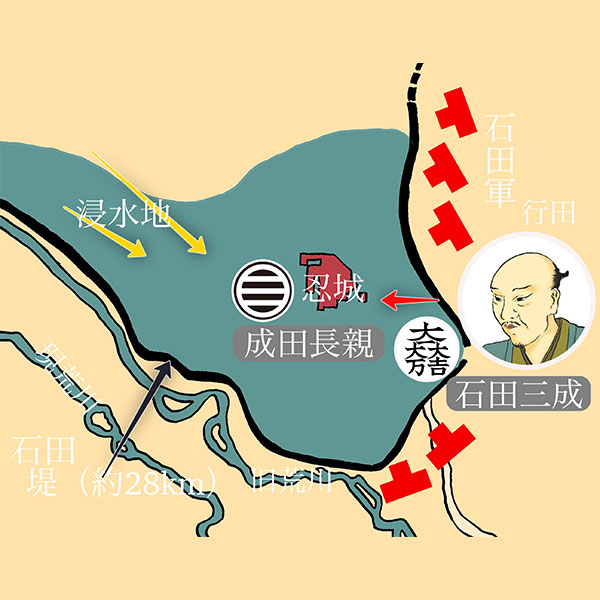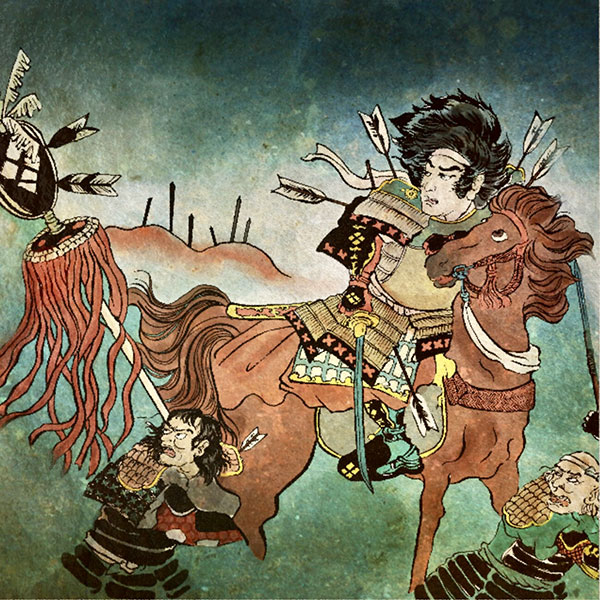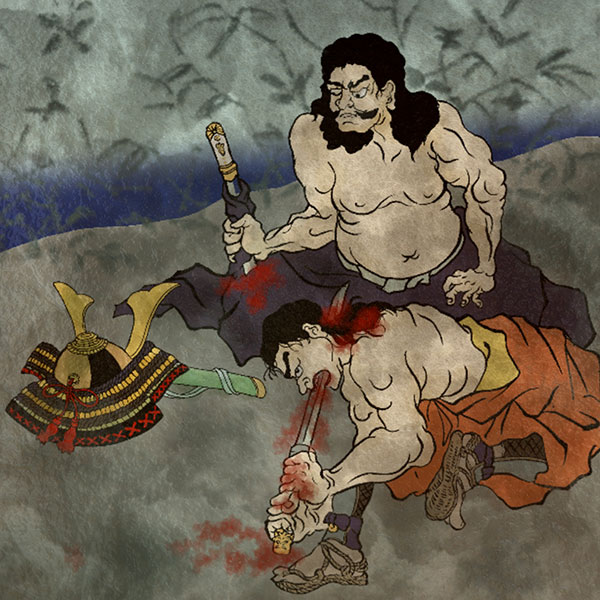Ujimasa Hojo (1/3)The 4th generation that reached its peak
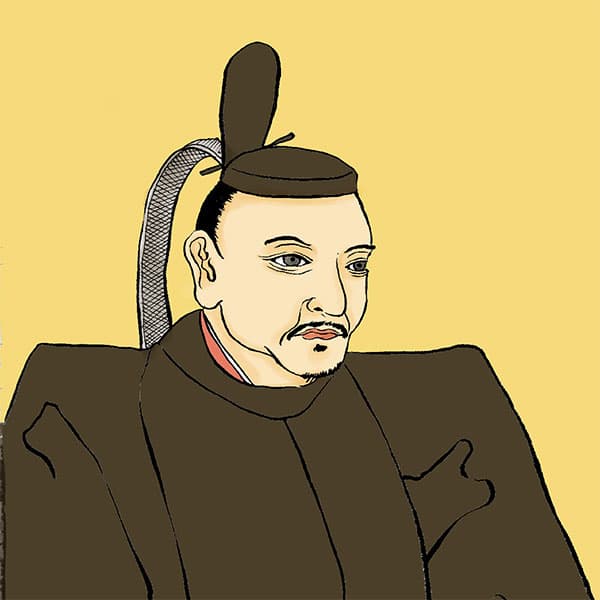
Ujimasa Hojo
- Article category
- biography
- name
- Hojo Ujimasa (1538-1590)
- place of birth
- Kanagawa Prefecture
- Related castles

Odawara Castle
- related incident
It is said that the Onin War was the beginning of the Sengoku period. During this period, the Hojo clan (also called the Gohojo clan to distinguish them from the regent Hojo clan of the Kamakura period) moved to the Kanto region and ruled.
Ujimasa Hojo, the fourth generation successor, worked hard to expand his influence and at one point held the largest territory of all the Hojo clans. However, it ended with Toyotomi Hideyoshi's conquest of Odawara. This time, we will introduce the life of Ujimasa Hojo, who built the country's prosperity and demise.
From birth to Genfuku
Ujimasa Hojo was born in 1538 as the second son of his father, Ujiyasu Hojo, the third head of the family, and Zuikeiin (daughter of Ujichika Imagawa). His childhood name was Matsuchiyomaru.
Since his older brother Ujichika died young, he was raised as his heir. It is not clear when he celebrated his Genpuku, but it is said that he celebrated his Genpuku by around June 1554, and after that, he began to call himself Shinkuro Hojo Ujimasa. Ta.
In 1554, his father Ujiyasu established the Koso-Shun Triple Alliance with Takeda Shingen of Kai and Imagawa Yoshimoto of Suruga, and as proof of the alliance, Ujimasa took Shingen's daughter Obaiin as his legal wife. We will welcome you.
The couple got along very well, and the fifth generation, Ujinao, who became the heir, was born to them.
From the inheritance of the family headship to the activities of the father while he was still alive
On December 23, 1559, his father Ujiyasu retired. He was given the headship of the family and became the fourth head of the Gohojo family. During this period, the territory was suffering from famine, and as a response to the famine, Ujiyasu decided to step down as head of the family and rebuild under a new head.
The first task that Ujimasa did after inheriting the headship of the family was to create the Hojo family's ryokan register. For generations, the Hojo family valued the people of their fiefs, and it was standard practice to conduct land surveys and conduct moral governance.
In this way, while learning about the territory hands-on, power is gradually transferred from his father and he builds a solid foundation.
In 1561, Uesugi Kenshin besieged Odawara Castle with various feudal lords from Kanto and southern Mutsu (Battle of Odawara Castle). Although he was in a difficult situation, with the support of his ally Takeda Shingen, Ujimasa participated in a siege battle led by his father and repulsed the Uesugi army.
After Kenshin withdrew from Echigo and suffered severe damage in the 4th Battle of Kawanakajima, he invaded the northern Kanto region in concert with Shingen. Through a series of back-and-forth battles, they regained the territory taken by the Uesugi side.
After that, they continued to seize control of their territory and power, even as they fought repeated wars with surrounding countries.
He fought against Shingen's advance into the Izu and Suruga areas, but Suruga castles such as Kanbara Castle and Fukasawa Castle fell, and his guardian, his father Ujiyasu, also became ill and retired from the front. In the first year of Genki (1570), the only areas in Suruga that the Hojo clan controlled were Kokokuji Castle and the southeastern part of Sun, and Suruga was effectively annexed by Shingen.
Battle with Kenshin Uesugi and Shingen Takeda
After that, they repeatedly formed alliances and fought with Uesugi and Takeda.
After his father Ujiyasu died in October 1571, Ujimasa revived the alliance with Takeda Shingen (Kosō alliance) and at the same time canceled the Etsusō alliance with Uesugi Kenshin.
When the Koso Alliance was revived, the conflict between Ujimasa Hojo and Kenshin Uesugi was also revived.
In 1574, when Kenshin appeared in Ueno, Ujimasa also went to war, and they faced each other at the Tone River. However, Kenshin's interest was in Etchu, and a decisive battle did not take place.
Afterwards, he succeeded in attacking Sekijuku Castle, ruled by Harusuke Yanada, and in the following year, 1575, Hidetsuna Koyama's Shimotsuke Gion Castle.
Furthermore, Harutomo Yuki of Shimousa came to follow Ujimasa, and Ujimasa's power expanded. As a result, they succeeded in almost wiping out the power of the Uesugi clan from the Kanto region.
In 1577, he invaded Kazusa and made peace with his old enemy Yoshihiro Satomi (Kazukazu Fuso). In this battle, his eldest son Ujinao also makes his first appearance.
Conflict with Oda Nobunaga and the Honnoji Incident
In this way, Ujimasa Hojo had successfully brought the Kanto area under his control, but a new enemy appeared.
In February 1582, Oda Nobunaga began an invasion of Koshu with his eldest son Nobutada Oda and Kazumasu Takigawa, a powerful military commander of the Oda clan, as military commanders.
Ujimasa had a hard time gathering information because information around the Sunzu border (Goten River) was cut off. Therefore, he assigned his fifth son, Ujikuni, to collect information from the Ueno area.
As a result, information was brought by a ship from Ise, and we learned that Nobunaga and Tokugawa Ieyasu had begun an invasion of Kai, which had weakened after the death of Takeda Shingen.
In order not to be left behind, Ujimasa also invaded Takeda territory in Suruga. On March 11, Takeda Katsuyori committed suicide along with his legal wife, Kirinin (Ujimasa's sister), at the Battle of Tenmokuyama. The Takeda clan was destroyed.
- related incident

- WriterTomoyo Hazuki(Writer)I have loved history and geography since my student days, and have enjoyed visiting historical sites, temples and shrines, and researching ancient documents. He is especially strong in medieval Japanese history and European history in world history, and has read a wide range of things, including primary sources and historical entertainment novels. There are so many favorite military commanders and castles that I can't name them, but I especially like Hisashi Matsunaga and Mitsuhide Akechi, and when it comes to castles, I like Hikone Castle and Fushimi Castle. Once you start talking about the lives of warlords and the history of castles, there's a side of you that can't stop talking about them.


